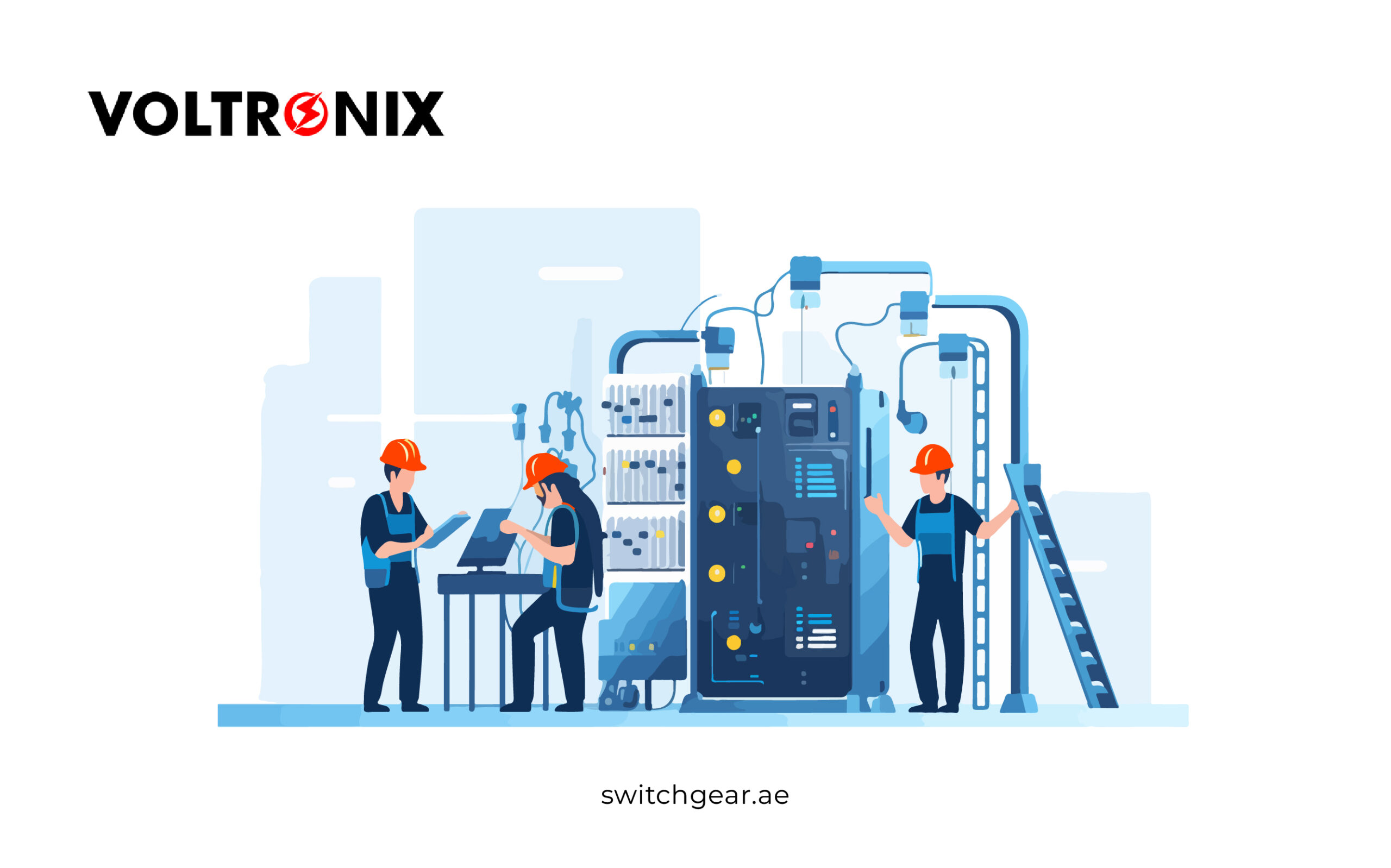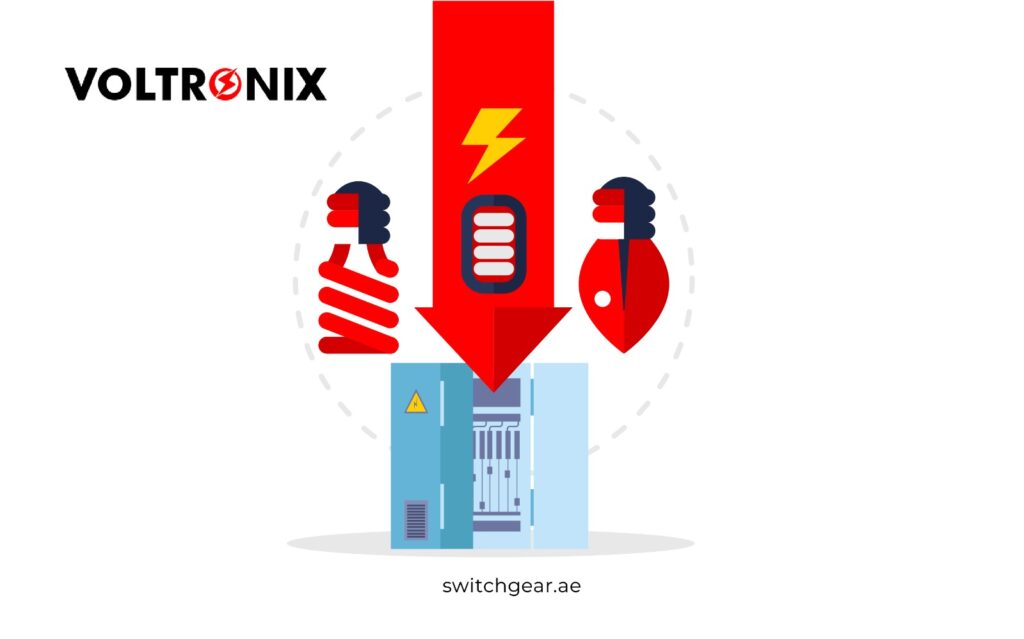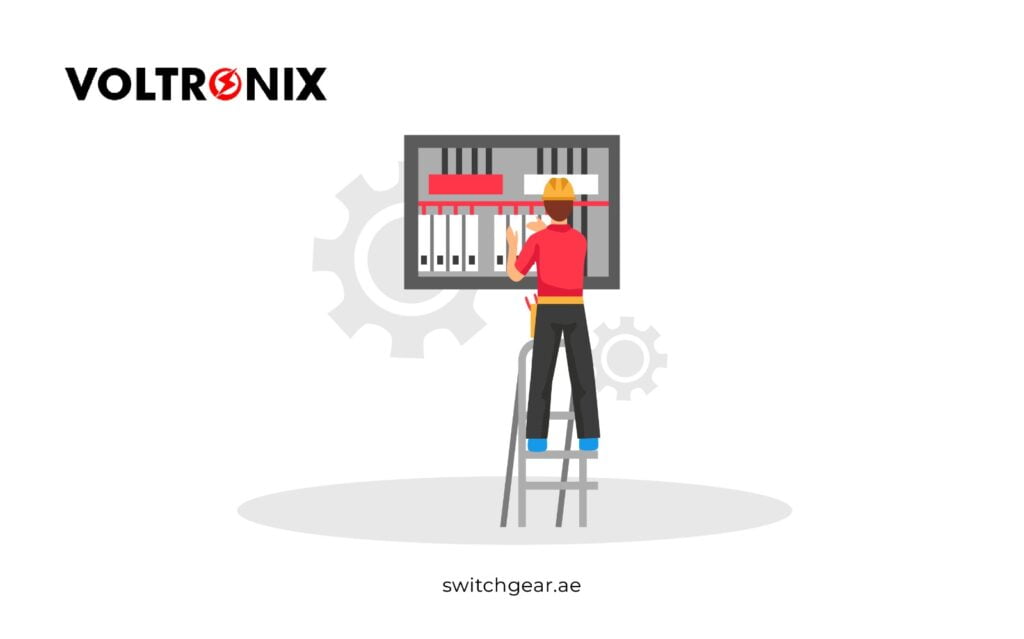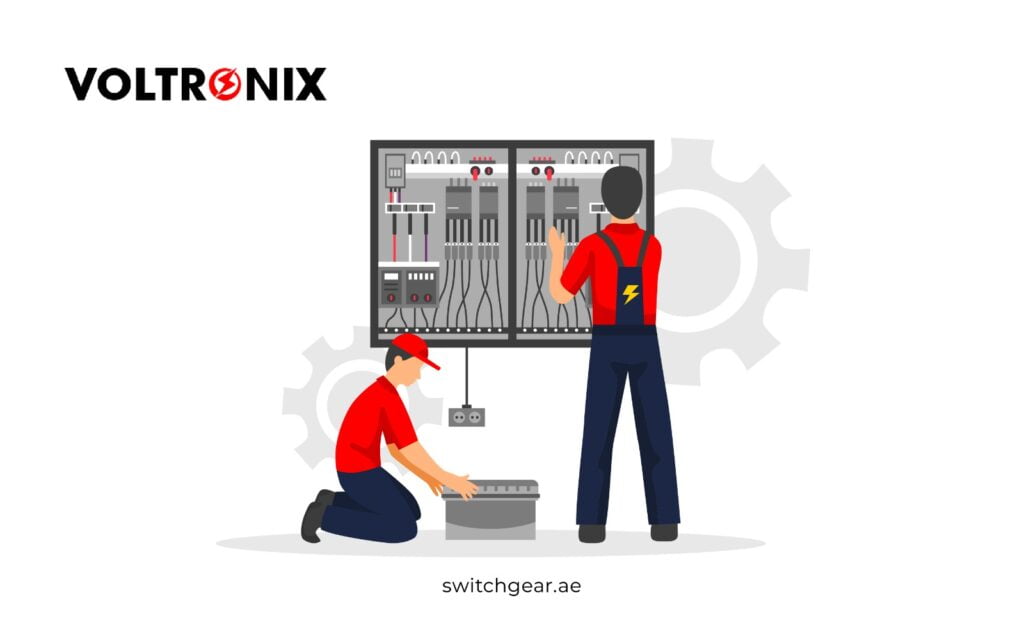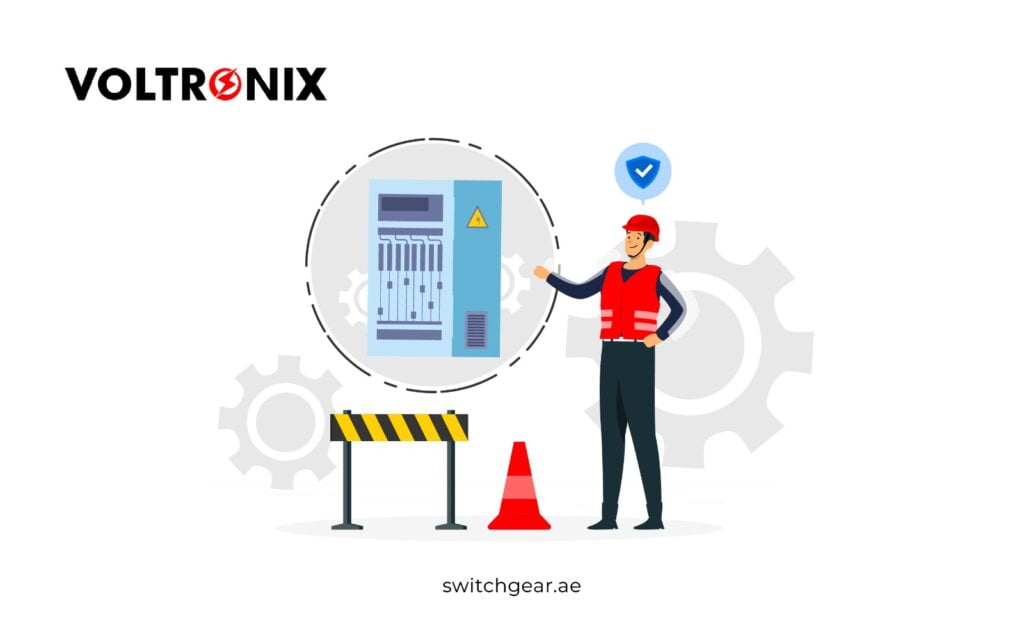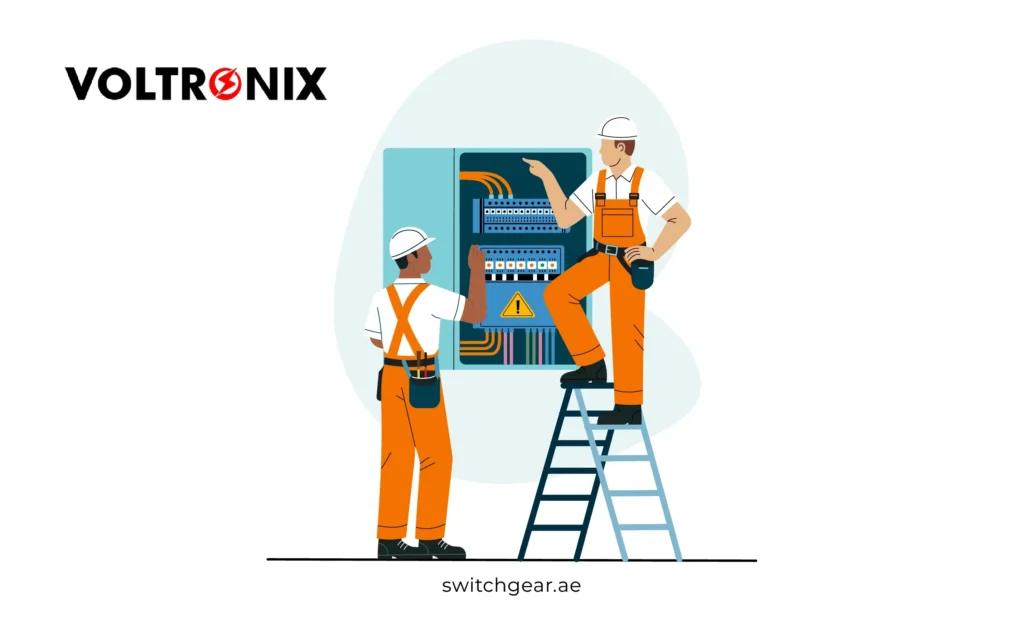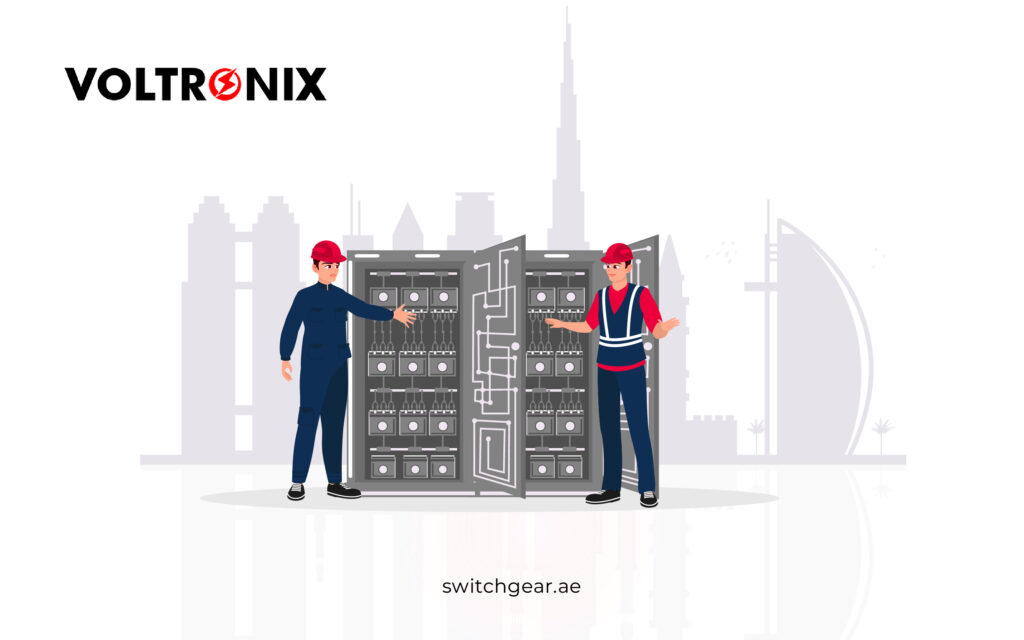Automation has become an integral part of our daily lives, transforming how we work, live, and interact with the world around us. From smart homes and industrial processes to advanced transportation systems, automation solutions have revolutionized various aspects of modern life. Central to the success of these automated systems is the role of switchgear, which ensures the safe and efficient distribution of electrical power. In this blog, we will explore how switchgear companies and their innovative switchgear solutions are enabling automation in everyday life.
The Importance of Automation
Automation refers to the use of technology to perform tasks with minimal human intervention. It enhances efficiency, accuracy, and productivity while reducing the likelihood of errors. Automation has found applications in numerous fields, including manufacturing, healthcare, transportation, and home automation. The integration of automation solutions has led to significant improvements in operational performance, cost savings, and overall quality of life.
Switchgear: The Backbone of Electrical Automation
Switchgear plays a crucial role in electrical automation by controlling, protecting, and isolating electrical circuits. It consists of various components such as circuit breakers, switches, fuses, and relays that work together to manage the flow of electricity. Switchgear ensures the safety and reliability of electrical systems, preventing damage from overloads, short circuits, and electrical faults. Here are some key ways switchgear solutions contribute to automation in everyday life:
1. Smart Homes and Building Automation
One of the most visible applications of automation is in smart homes and building automation systems. Switchgear solutions enable the seamless integration of various electrical devices and systems, allowing homeowners to control lighting, heating, cooling, security, and entertainment systems remotely. Advanced switchgear companies provide solutions that support the automation of home energy management, optimizing energy consumption and reducing utility bills. Automated switchgear systems can detect and respond to changes in occupancy, weather conditions, and energy demand, ensuring comfort and efficiency.
2. Industrial Automation
In the industrial sector, automation solutions have revolutionized manufacturing processes, leading to increased productivity and reduced operational costs. Switchgear is essential for the reliable operation of industrial automation systems, providing protection and control for machinery and equipment. Switchgear companies offer specialized solutions designed to handle the high demands of industrial environments, ensuring uninterrupted power supply and safeguarding critical equipment. Automation in industries such as automotive, pharmaceuticals, and electronics relies heavily on advanced switchgear to maintain operational efficiency and safety.
3. Transportation Systems
Modern transportation systems, including railways, metros, and electric vehicles, depend on automation for efficient and safe operation. Switchgear solutions are integral to the electrical infrastructure of these systems, managing power distribution and ensuring reliable performance. For example, switchgear in electric vehicle charging stations controls the flow of electricity, protects against electrical faults, and ensures safe charging. In railways and metros, switchgear solutions enable the automation of signaling, communication, and power distribution systems, enhancing the reliability and safety of transportation networks.
4. Renewable Energy Integration
The growing adoption of renewable energy sources such as solar and wind power requires advanced automation solutions to manage the variability and intermittency of these energy sources. Switchgear plays a critical role in integrating renewable energy into the grid, ensuring stable and reliable power supply. Switchgear companies develop solutions that enable the efficient connection, protection, and control of renewable energy systems. Automation in renewable energy integration involves real-time monitoring and control of power generation, storage, and distribution, optimizing the use of clean energy and reducing reliance on fossil fuels.
5. Healthcare Facilities
Automation in healthcare facilities enhances patient care, operational efficiency, and safety. Switchgear solutions ensure the uninterrupted power supply to critical medical equipment and systems, supporting life-saving procedures and treatments. In hospitals and clinics, switchgear controls the distribution of electricity to imaging devices, monitoring systems, and surgical equipment. Automation in healthcare also involves the use of smart building systems that manage lighting, climate control, and security, creating a comfortable and safe environment for patients and staff.
6. Data Centers
Data centers are the backbone of the digital economy, hosting vast amounts of data and supporting essential online services. Automation in data centers involves the use of advanced switchgear solutions to manage power distribution, cooling, and security. Switchgear companies provide reliable solutions that ensure the continuous operation of servers and networking equipment, minimizing downtime and enhancing data center efficiency. Automated switchgear systems monitor power usage, detect faults, and enable remote management, optimizing data center performance and reducing operational costs.
The Future of Switchgear and Automation
As technology continues to advance, the role of switchgear in automation will become even more significant. Innovations such as the Internet of Things (IoT), artificial intelligence (AI), and advanced sensors are transforming switchgear solutions, enabling more intelligent and responsive automation systems. Switchgear companies are developing smart switchgear that can communicate with other devices, perform real-time diagnostics, and adapt to changing conditions.
Conclusion
Automation is reshaping our world, making everyday tasks more efficient, convenient, and safe. Switchgear is at the heart of this transformation, providing the essential control and protection needed for automated systems to function reliably.

